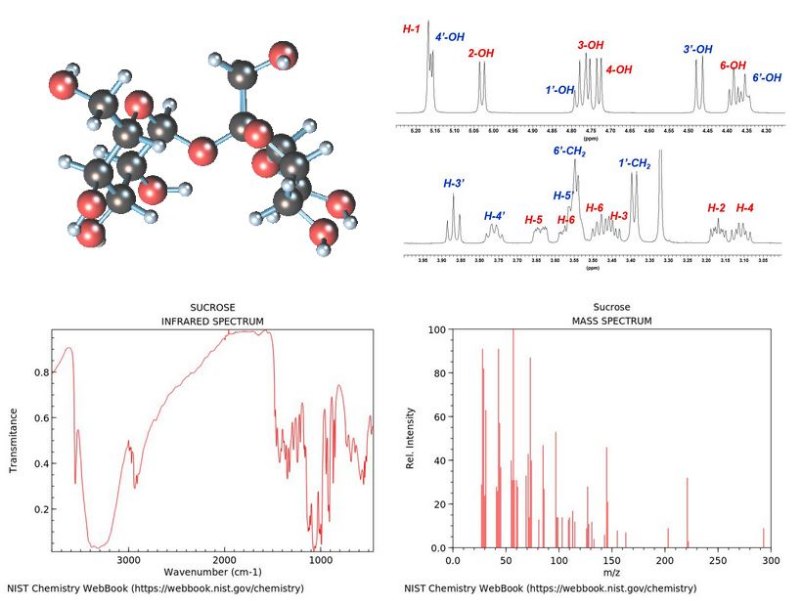Basic principals of nuclear magnetic resonance spectroscopy (NMR), mass spectrometry (MS), infrared (IR) and Raman spectroscopies. Interpretation of spectra to elucidate molecular structures and dynamics.
The course contains lectures, tutorials and laboratory practices. Tutorials will supplement the lectures and a significant amount of time will be spent on solving problems and answering questions. Regular homework projects of gradually increasing complexity provide the students with working knowledge of the topics.
The aim of the course is to develop the knowledge and the understanding of nuclear magnetic resonance spectroscopy (NMR), mass spectrometry (MS), infrared (IR) and Raman spectroscopies in order to elucidate molecular structures and dynamics.
After completion of the course the student should be able to
- describe the principles of NMR, MS, IR and Raman methods with special regard to their advantages and limitations,
- analyze the NMR, MS, IR and Raman spectra, interpret and use the relationship between the spectral parameters and the molecular structure,
- make a proper choice and strategy for analysing and solving structural problems,
- recognize and explain the effects of molecular dynamics such as chemical exchange in the spectra.
